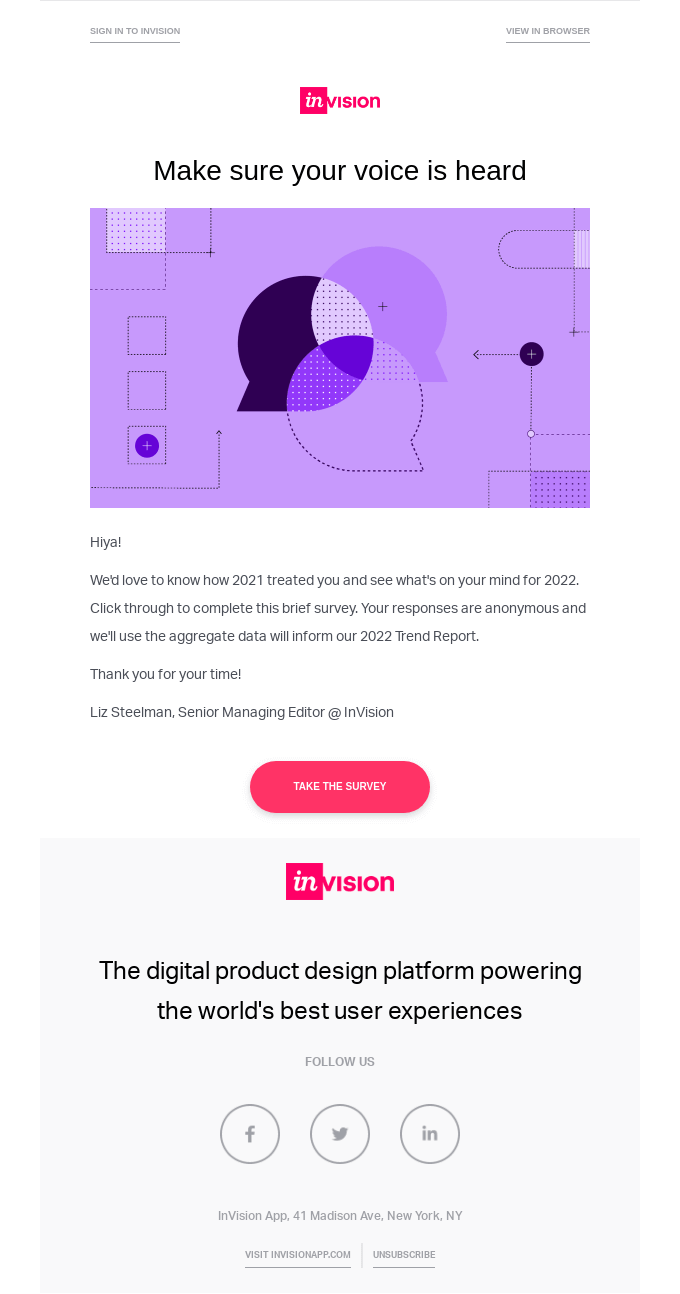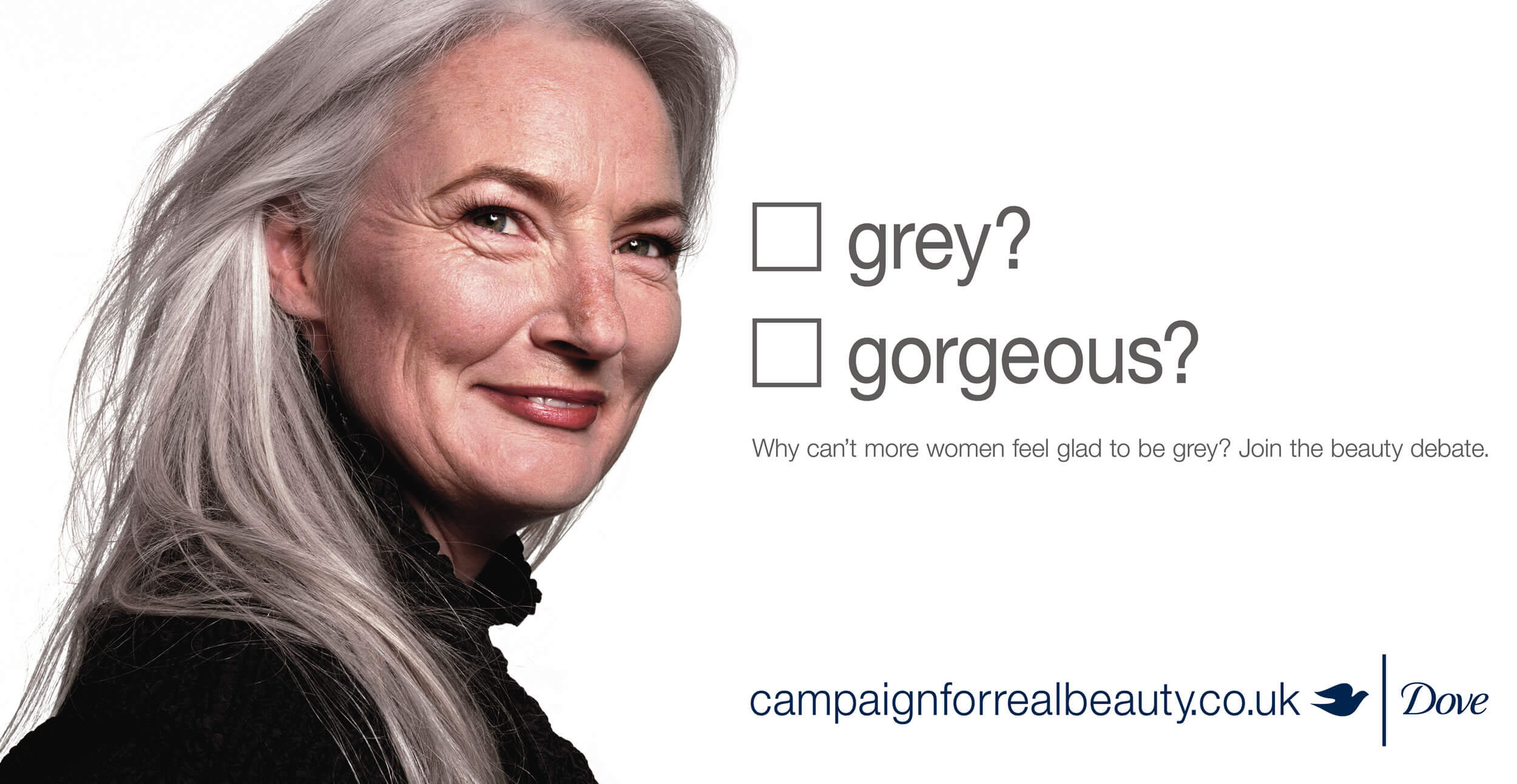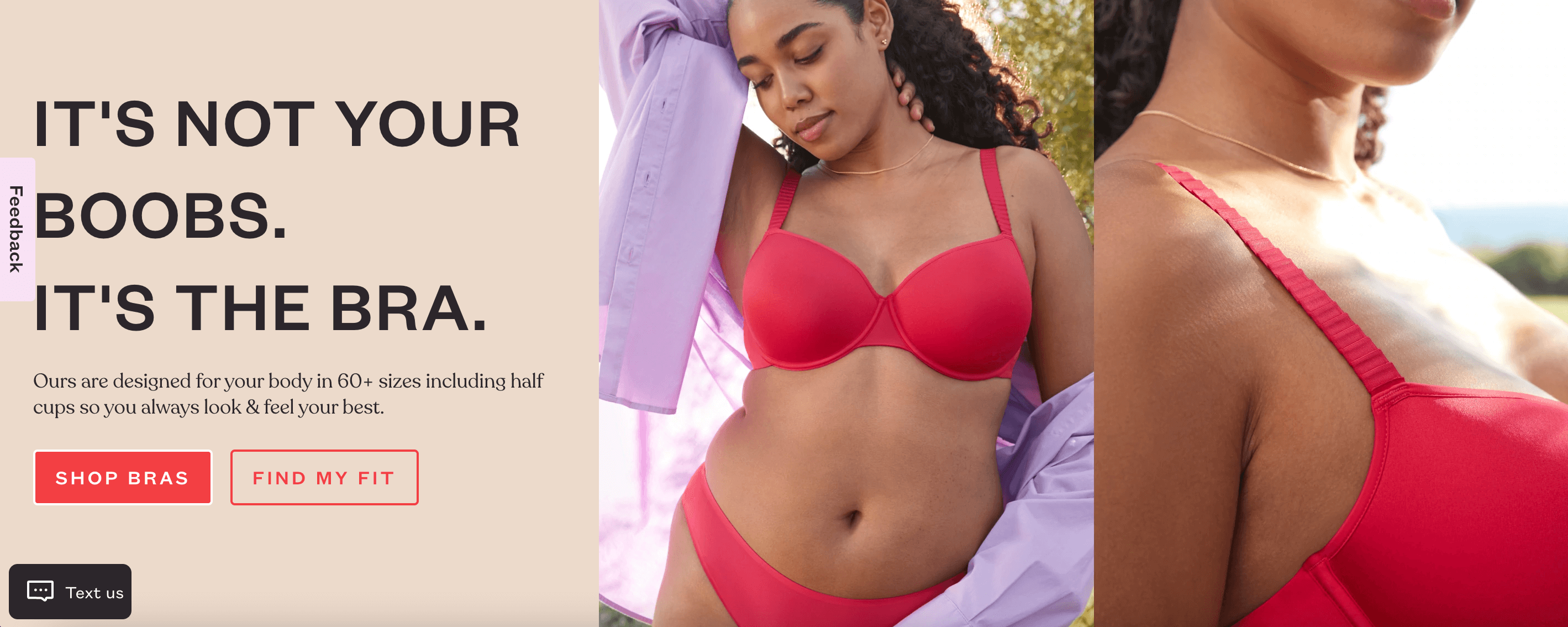Take time to understand different diversities and their cultures
If you’re going to represent a particular group of people, spend time learning about their personal experiences, opinions, and history. Thus, you’re showing your respect and appreciation and can tell their stories in more detail.
For example, if you address some ethnical group, it is crucial that you learn about their traditions and holidays. Many of them have special days like Hanukkah for Jews, Chinese New Year in China, and Cinco de Mayo in Mexico.
Talk to your audience to learn how to improve their experience
When you’ve launched a campaign, ask the prospects how you’re doing. Let them know you’re making an effort and want to get it right.
To do that, use a customer survey –– it’s a perfect tool to learn more about your audience and what they think of your brand. Here’s a good example:































